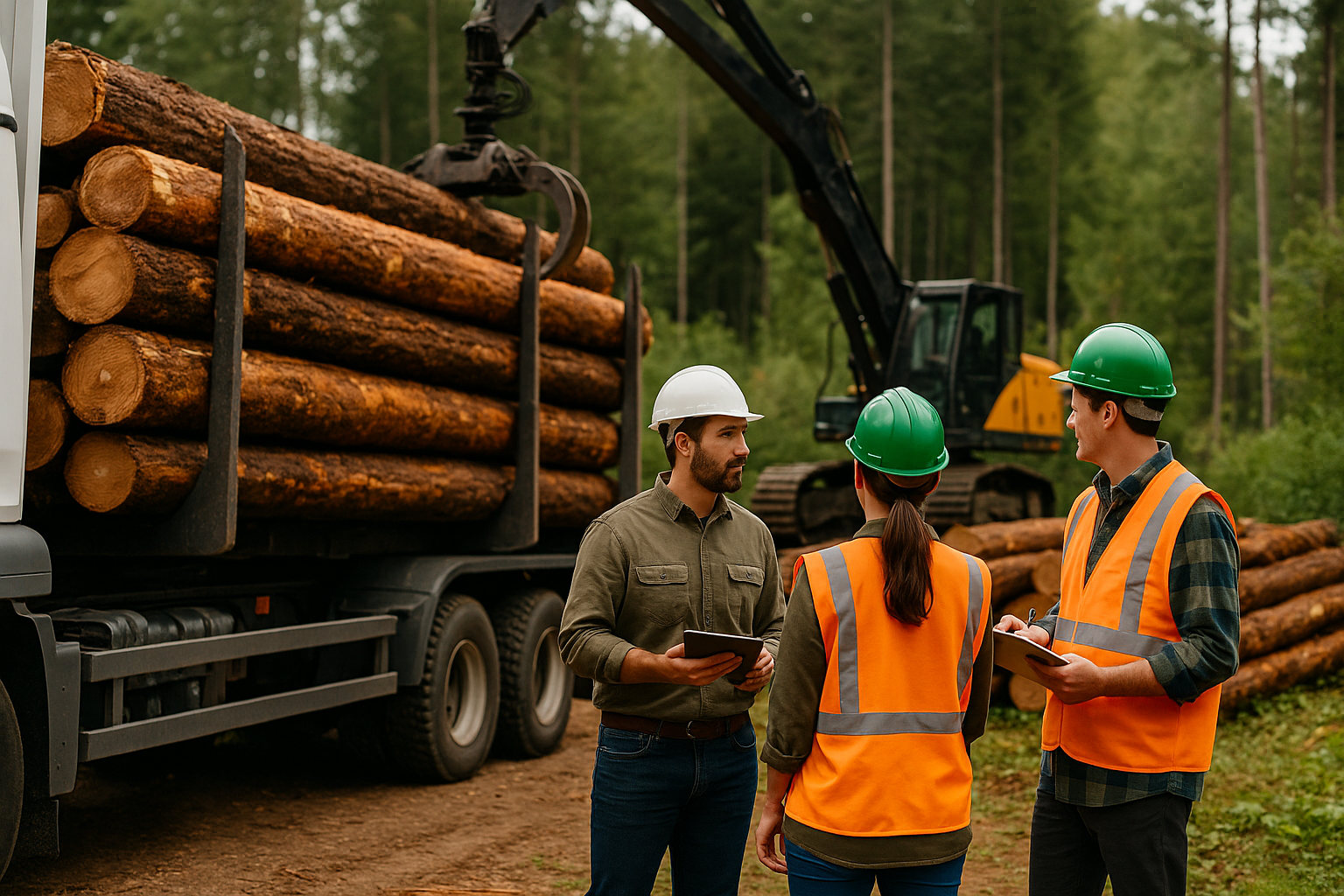What is Timber Veneer?
Timber veneer is a thin slice of real wood, usually between 0.5mm and 3mm thick, bonded to a substrate like MDF, plywood, or particleboard. The veneer captures the unique grain, tone, and texture of natural timber, offering the visual appeal of solid wood while using significantly less material.
Used extensively in wall panelling, furniture, cabinetry, and commercial fit-outs, veneer is prized not only for its aesthetic value but also for its efficiency and sustainability.
Key Environmental Considerations in Veneer Production
1. Raw Material Sourcing
The sustainability of timber veneer starts with responsible timber harvesting. Sourcing from certified forests, such as those endorsed by FSC® or PEFC, ensures the wood is harvested in a way that supports biodiversity, ecosystem health, and regeneration.
- Sustainably managed forests = renewable resource
- Poor harvesting practices = deforestation, habitat loss, and increased emissions
Tip: Always choose veneer with verifiable certification for maximum environmental accountability.
2. Energy Use in Manufacturing
Peeling, slicing, drying, and bonding veneer sheets all require energy. However, veneer production is far less energy-intensive than solid timber manufacturing due to the thinner profile and lower processing volumes per log.
- Veneer maximises output from each log
- Improved production tech reduces energy use
- Renewable energy adoption is growing among manufacturers
Efficiency improves when manufacturers invest in modern equipment and energy-conscious practices.
3. Waste Reduction and Resource Efficiency
One of veneer’s standout sustainability benefits is how little material it wastes.
- A single log can produce hundreds of square metres of veneer
- Scrap materials (e.g. offcuts, sawdust) can be repurposed into engineered boards or biomass fuel
Unlike solid timber, which often discards unusable cuts, veneer uses the full potential of the tree.
4. Carbon Sequestration and Storage
Wood stores carbon absorbed during the tree’s life. As a wood product, veneer continues to act as a carbon sink for the duration of its use.
- Veneer panels used in interior fit-outs lock away carbon forever.
- Sustainable forest management ensures continual replanting and long-term sequestration
This makes timber veneer an excellent material for projects aiming to reduce embodied carbon.
5. Transport and Supply Chain Footprint
Transporting raw timber or finished veneer contributes to emissions. Factors that affect this impact include:
- Distance from the forest to the mill
- Method of transportation (road, rail, sea)
- Packaging and logistics processes
Many suppliers are now prioritising local timber and regional manufacturing to shorten supply chains and cut emissions.
Sustainability Benefits of Timber Veneer
Beyond production, timber veneer delivers lasting environmental advantages:
- Highly efficient use of timber – maximising surface yield per log
- Durable and long-lasting – with proper care, veneer surfaces last decades, reducing the need for replacements
- Biodegradable and recyclable – unlike plastic or resin-based finishes
- Low maintenance – requiring minimal cleaning and no harsh chemicals
- Timeless aesthetics – reducing the trend-based turnover of materials
In both commercial and residential contexts, these attributes contribute to long-term environmental performance.
Best Practices for Sustainable Veneer Use
To further minimise environmental impact, specifiers and project managers can adopt the following:
1. Select Certified Timber
Choose veneer products that are FSC® or PEFC certified. This ensures that the timber is harvested responsibly, from forests managed with environmental, economic, and social sustainability in mind.
2. Use Recycled or Reclaimed Materials
When possible, opt for veneers made from reclaimed wood or incorporate reclaimed timber into the substrate. This reduces reliance on virgin materials and diverts usable wood from landfill.
3. Choose Local Where Possible
Support local or regional veneer suppliers. This lowers transport emissions and supports Australian forestry and manufacturing jobs.
4. Work with Responsible Manufacturers
Partner with suppliers who:
- Use energy-efficient production lines
- Minimise waste during fabrication
- Offer transparent supply chain documentation
At Bord Products, we prioritise sustainable sourcing and advanced manufacturing practices across our veneer collections.
The Role of Timber Veneer in the Circular Economy
Timber veneer production is uniquely positioned to support circular design principles:
- Veneer offcuts and scraps can be repurposed
- Panels can be refurbished rather than replaced
- At the end of life, wood-based products are biodegradable or recyclable
- Veneer contributes to the longevity of furniture and fit-outs, reducing churn
When specified intentionally, veneer fits seamlessly into commercial interiors that support green building ratings such as Green Star and WELL.
Timber Veneer as a Sustainable Design Solution
Timber veneer strikes a rare balance between natural beauty, low environmental impact, and practicality in commercial design. With efficient use of raw materials, minimal waste, carbon storage benefits, and strong durability, it offers real environmental value, especially when sourced and specified responsibly.
As the building industry continues to embrace sustainable construction, timber veneer stands out as a smart, future-focused material. By choosing certified products and working with conscientious suppliers, you can reduce your project's carbon footprint while delivering timeless, high-quality design outcomes.
Explore our sustainably sourced timber veneer range at Bord Products, or contact our team to learn how we can help you specify greener materials for your next project. You’ll also find technical advice and design inspiration on our resources page.

Explore Bord Products
Our Melbourne facility produces hundreds of veneer and laminate panels daily, giving us total control over timeframes and quality.

Visit Our Showroom
Get expert advice on material selection for your project and see our entire range of veneers and laminates in person.

Specify Sustainable
We support sustainable forest management in Australia and across the globe. Look out for certified products on our website or speak to us.




